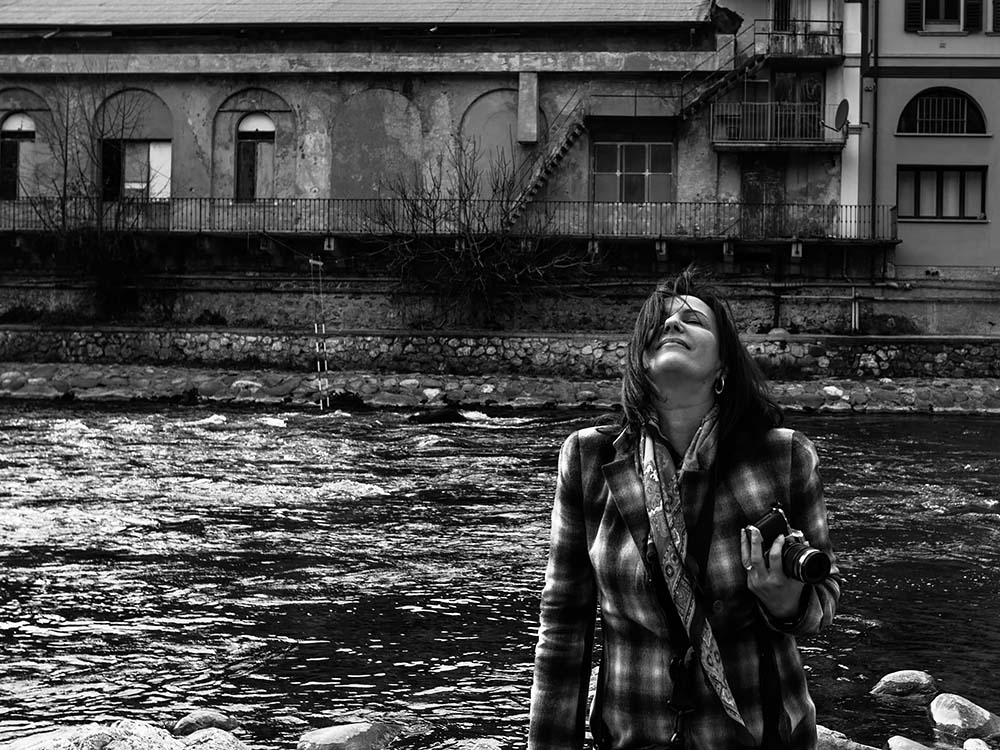Shortly after my art studies, I started working as a fashion designer for a large company, which allowed me to deepen my knowledge and work in the world of graphics and style.
It was a challenging and rewarding job, thanks to which I had the opportunity to travel a lot around the world, meeting people from various ethnic backgrounds, enriching myself enormously from a cultural and personal point of view.
I had always been passionate about photography and to such an extent that I could no longer do without it. After taking several courses and studying the greatest photographers in history, I decided to enrol at the Italian Institute of Photography in Milan: a constructive experience that made me grow a lot, both on a technical and creative level.
I truly enjoy observing people and also studying their psychological side. That's why I especially love working on portraits and telling the stories of those I meet, always keeping a careful and respectful eye, tiptoeing into situations that I find interesting. I delve into them, I make them my own.
I use photography to express how I feel, how I see, how I perceive and absorb the flow of life around me. I transform my thoughts and my feelings into images, thus aiming to become a same part of the image I portray.
The River
Text from "Monica’s Diary (Benin 2019):"
Today we reached a small village flooded by the abundant rains of recent days. The tribe that lives there is accustomed to this situation and in effect they live in real palafittes suspended on the water;
and so we reached the village in the only way possible ... by canoe.
We brought t-shirts for the children, eggs for snacks and, more importantly, mosquito nets which, given the area they live in, particularly humid and infested with mosquitoes, are essential.
The landscape was spectacular and my eyes saw incredible realities... all so far from our daily life!
The school was small and very crowded, obviously they had been warned of our arrival and especially the children were waiting for us with trepidation.
Compared to other villages we had visited the previous days, the people who live here are quite aggressive. They were a little agitated, they all talked loudly, they pushed us constantly.
The adults looked at us with curiosity and the children with shyness: it was noticeable that they were not used to seeing people of a different color in their village.
For this we were escorted by the local police, in case the situation deteriorated.
But everything went well and another day passed ... lived as if it were a whole life.
Face to Face
Form zero to one hundred
This is an ambitious project, started in 2017 and not yet finished.
The idea would be to photograph portraits of people of different ages, sex and ethnicity, who in some way fascinated me and consequently I asked them to pose for me.
I would like to get to a hundred photos, a different one for each age from zero to one hundred years.
